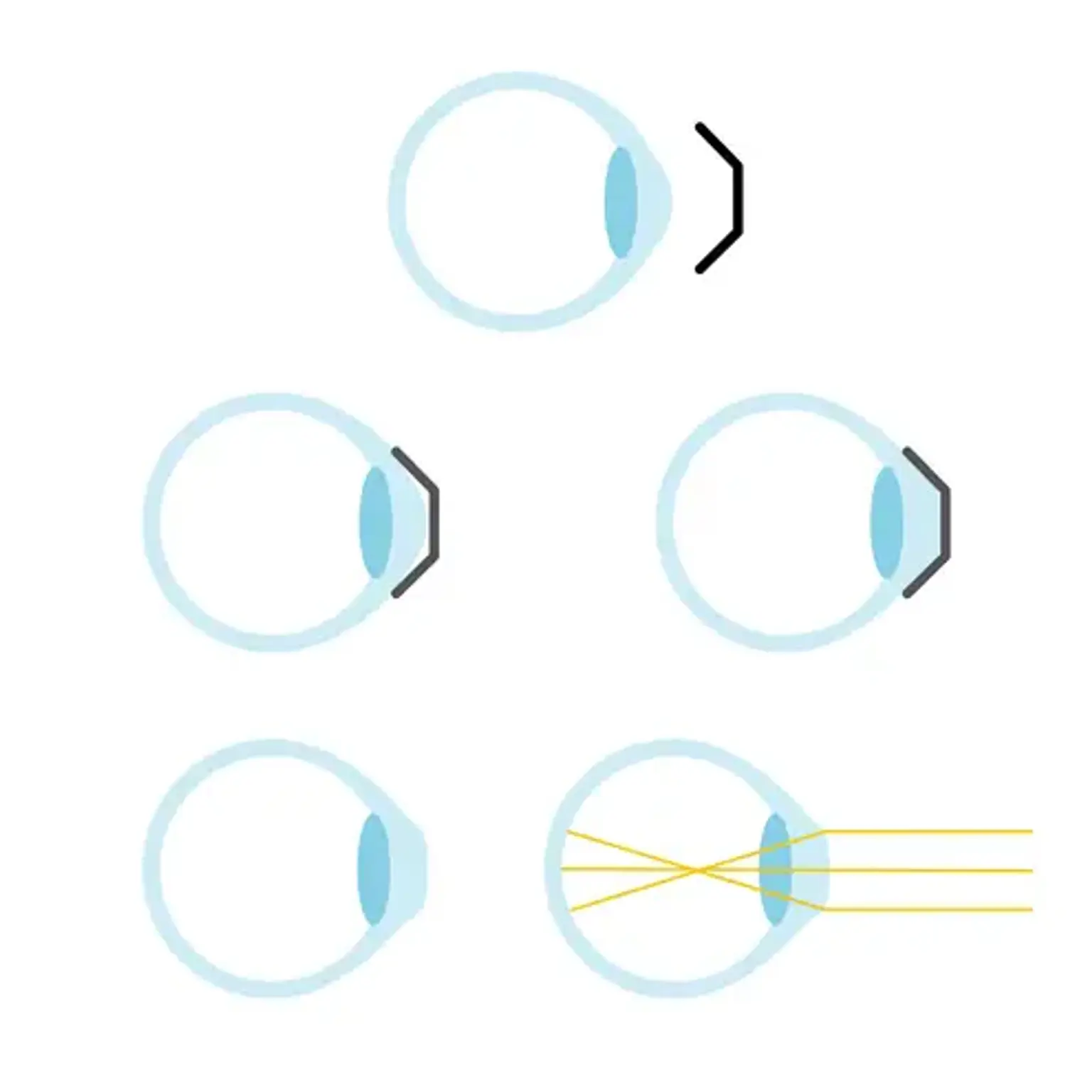Introduction
Orthokeratology, commonly known as Ortho-K, is a non-surgical vision correction method that uses specially designed gas-permeable contact lenses to reshape the cornea while you sleep. This allows individuals with myopia (nearsightedness), astigmatism, and even mild hyperopia (farsightedness) to see clearly without the need for glasses or daytime contact lenses.
Unlike traditional contact lenses that must be worn throughout the day, Ortho-K lenses work overnight to gently mold the cornea. When the lenses are removed in the morning, light entering the eye is properly focused onto the retina, resulting in clear vision throughout the day.
As more people seek alternative vision correction options, Ortho-K is becoming increasingly popular among children, teenagers, and adults who want to avoid glasses or refractive surgery like LASIK. It is particularly beneficial for slowing the progression of myopia in younger patients, making it an effective tool in myopia management.
What is Orthokeratology (Ortho-K)?
Orthokeratology is a specialized treatment that involves the use of rigid gas-permeable (RGP) contact lenses designed to temporarily reshape the curvature of the cornea. This process, known as corneal reshaping therapy (CRT), allows light to be correctly focused onto the retina, thereby improving vision without the need for glasses or contact lenses during the day.
